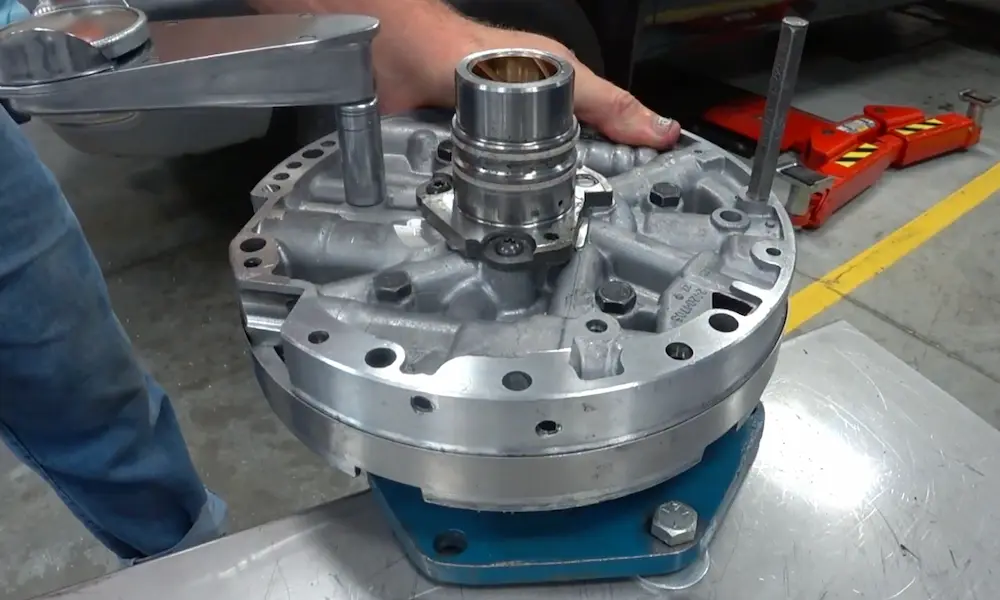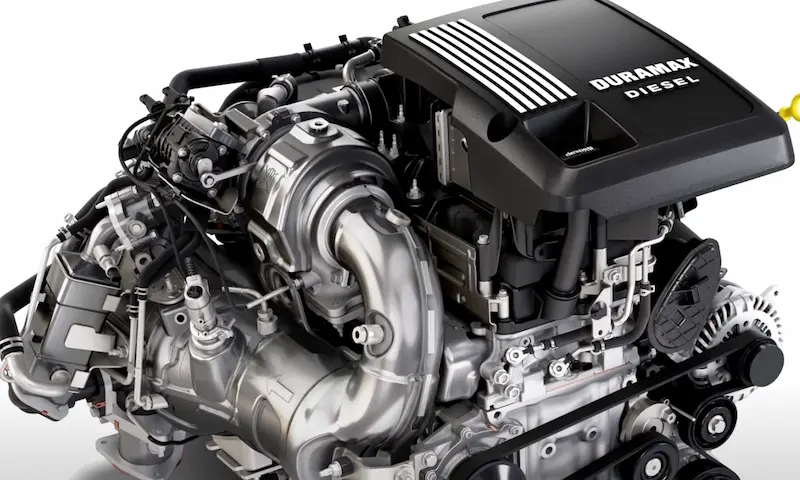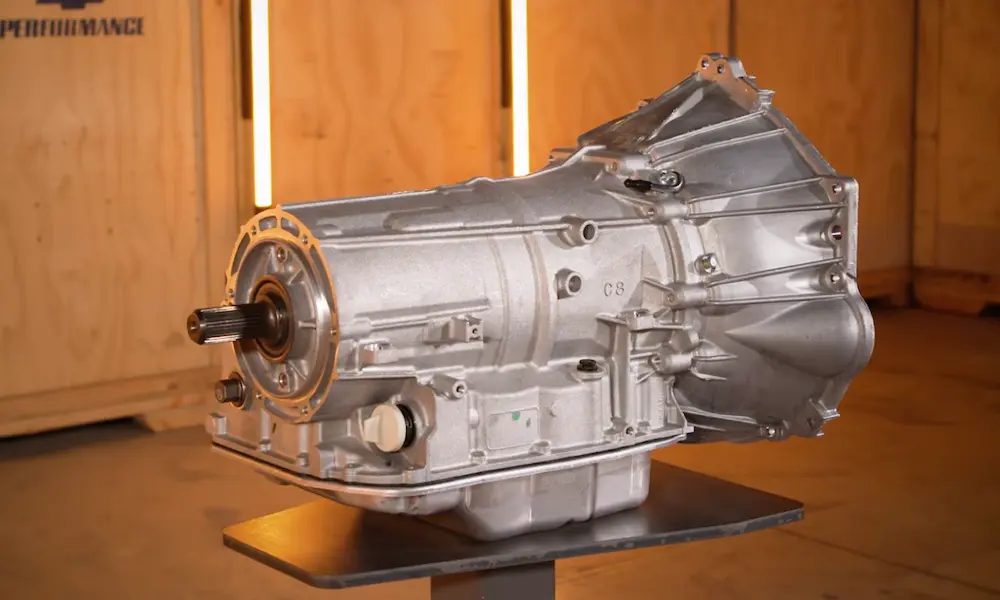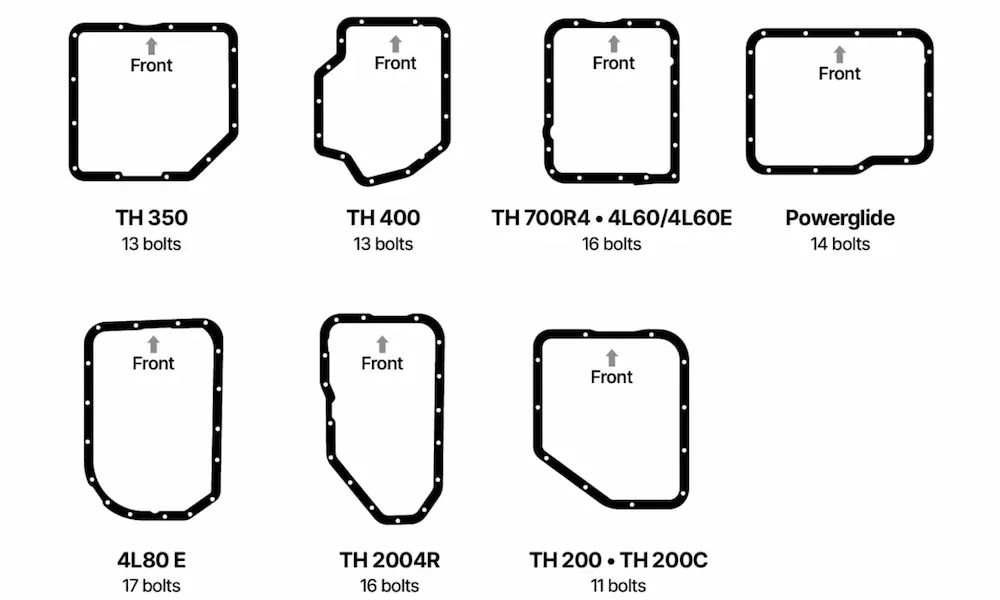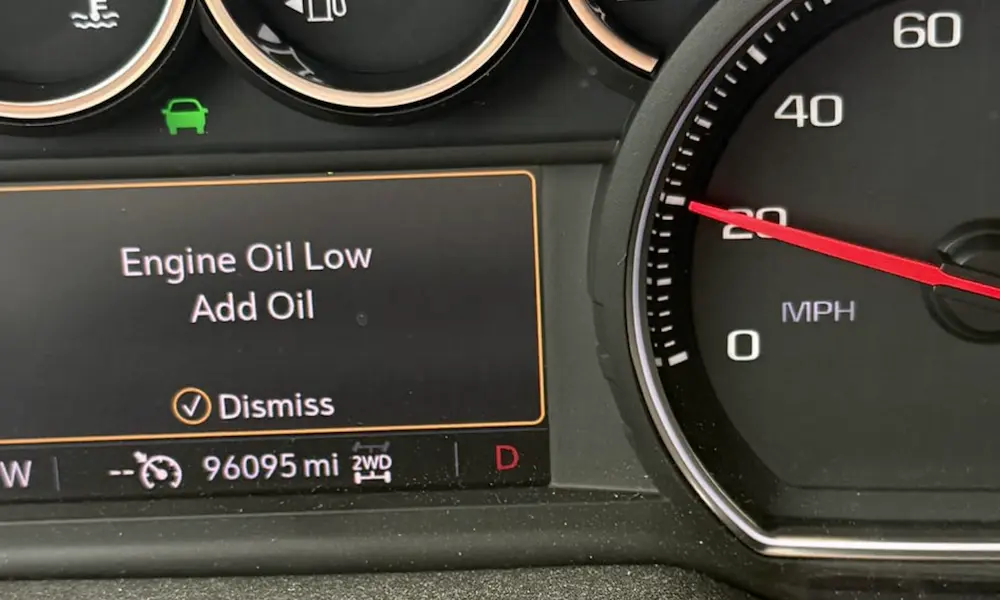Ever wondered what makes the GM LZ9 3.9L V6 engine tick? Whether you’re considering a used Chevy Impala or just fascinated by GM’s innovative powertrains, this engine deserves your attention. It’s not just another V6—it’s a pushrod engine that breaks the mold with some surprisingly modern tech under its valve covers.
What Is the LZ9 Engine?
The LZ9 is a 3.9L (3880cc) V6 engine developed by General Motors as part of their “High Value” engine family. Built primarily in Tonawanda, New York, this powerplant found its home in several GM vehicles between 2006 and 2011.
What makes it special? It was the first pushrod (overhead valve) engine to incorporate variable valve timing—technology typically reserved for more modern overhead cam designs. This innovation earned GM a 2006 Breakthrough Award from Popular Mechanics, proving that sometimes you can teach an old dog new tricks.
LZ9 Engine Specs: The Numbers That Matter
Let’s break down the key specifications that define this engine:
| Specification | Details |
|---|---|
| Engine Type | 60-degree V6 with overhead valves |
| Displacement | 3.9L (3880cc or 238 cubic inches) |
| Bore | 99mm (3.90 inches) |
| Stroke | 84mm (3.31 inches) |
| Compression Ratio | 9.8:1 |
| Block Material | Cast iron |
| Cylinder Head | Aluminum |
| Valvetrain | 2 valves per cylinder with roller rocker arms |
| Horsepower | 240-242 hp @ 6000 rpm (varies by application) |
| Torque | 240-242 lb-ft @ 2800-4800 rpm |
The engine features a cast iron block paired with aluminum cylinder heads—a combination that balances durability with weight considerations. Engineers had to offset the bores by 1.5mm from the centerline to fit the larger 99mm bore while maintaining the 60-degree architecture from earlier designs.
Performance Characteristics: More Than Just Numbers
The LZ9’s performance goes beyond what you’d expect from a pushrod V6. Here’s what makes it stand out:
Power Delivery
With 240+ horsepower and similar torque figures, the LZ9 was the most powerful 60-degree V6 GM had produced when it debuted. But what’s truly impressive is how that power is delivered—the engine was engineered to provide 85% of its maximum torque from 1600 all the way to 6000 rpm.
This broad, flat torque curve translates to responsive acceleration across virtually the entire usable rev range. In real-world terms, Pontiac G6 GTP models equipped with this engine could sprint from 0-60 mph in approximately 6.6 seconds—not too shabby for a mid-size sedan from that era.
Innovative Features
The LZ9 incorporated several technologies that were revolutionary for a pushrod design:
- Variable Valve Timing: Adjusts valve timing on the fly to optimize power and efficiency
- Variable Intake Manifold: Earlier versions featured this system to enhance torque production (later phased out around 2009)
- Roller Rocker Arms: Reduced friction for better efficiency and durability
- Sequential Fuel Injection: Precisely controls fuel delivery for better performance and emissions
This blend of traditional architecture with modern technology gave the LZ9 a unique character in GM’s lineup and demonstrated that pushrod engines could remain relevant in an increasingly high-tech automotive landscape.
What Vehicles Used the LZ9 Engine?
If you’re shopping for a used vehicle with this engine, here’s where you’ll find it:
- Chevrolet Impala (2006-2011)
- Chevrolet Monte Carlo (specifically in LT3 and LTZ trims)
- Pontiac G6 GTP
- Chevrolet Uplander
- Saturn Relay
Each application featured slightly different power and torque ratings based on exhaust system configuration and specific tuning requirements for the vehicle.
Common Issues and Reliability
While generally reliable, the LZ9 does have some known issues to watch for:
Intake Manifold Gasket Failures
Some owners have reported problems with intake manifold gasket failures, which can lead to coolant leaks or air leaks affecting performance. If you’re looking at a vehicle with this engine, check for any signs of coolant loss or overheating history.
Timing Chain Tensioner Wear
Like many GM engines of this era, the timing chain tensioners can wear over time, leading to a rattle on startup that typically disappears once oil pressure builds. If left unaddressed, this can eventually lead to timing chain failure.
Oil Consumption
Some LZ9 engines develop oil consumption issues as they age. Regular oil level checks are recommended, especially in higher-mileage examples.
Maintenance Tips for LZ9 Engine Owners
To keep your LZ9 running strong:
- Use the correct oil: GM typically recommends 5W-30 for this engine
- Watch for leaks: Pay special attention to the intake manifold gasket area
- Change spark plugs appropriately: The factory gap is 1.00mm (0.040 inches)
- Keep an ear out for timing chain noise: Early intervention can prevent more serious damage
- Regular coolant changes: Helps prevent corrosion in the cooling system
Tuning Potential: Can You Modify an LZ9 for More Power?
Yes! The LZ9 responds well to modification, with several proven paths to more power:
Bolt-On Modifications
- Cold air intake: Can provide modest power gains and improved throttle response
- Cat-back exhaust system: Reduces backpressure for better exhaust flow
- Underdrive pulleys: Reduce parasitic losses from accessories
- Tune: A custom engine tune can optimize timing and fuel delivery for your specific setup
More Extensive Modifications
For those willing to dig deeper:
- Head porting: Improves airflow through the cylinder heads
- Performance camshaft: A more aggressive cam profile can significantly boost power
- Upgraded valve springs: Some enthusiasts have used Corvette Z06 valve springs to handle higher RPMs
- Removed variable intake: For models with the variable upper intake, some have removed this component to favor maximum airflow over low-end torque
How the LZ9 Engine Compares to Other GM Powerplants
How does the LZ9 stack up against other engines in GM’s lineup?
vs. Earlier GM V6 Engines
Compared to previous 60-degree V6 engines, the LZ9 offers:
- More displacement (3.9L vs 3.1L/3.4L/3.5L)
- Significantly more power and torque
- Better technology with variable valve timing
- Improved efficiency for its size
vs. LS-Based V8s
While it can’t match the raw power of GM’s LS V8s, the LZ9:
- Offers better fuel economy
- Weighs less
- Provides adequate power for most daily driving needs
- Fits in engine bays designed for V6 applications
The LZ9 Legacy: An Important Stepping Stone
Though now superseded by GM’s newer “High Feature” V6 engines with direct injection and other advancements, the LZ9 represents an important evolutionary step in GM’s powertrain development.
It demonstrated that traditional pushrod architecture could successfully incorporate advanced technologies like variable valve timing, challenging the notion that overhead cam designs were the only path forward for modern engines.
For enthusiasts and everyday drivers alike, the LZ9 offered a compelling blend of traditional GM reliability with enough power to satisfy most driving needs. Its presence in popular models like the Impala means there are still plenty on the road today, continuing to deliver the smooth, torquey performance that made this engine noteworthy in the first place.
The National Highway Traffic Safety Administration (NHTSA.gov) has documented various safety investigations related to vehicles equipped with this engine over the years, though most issues were not directly related to the engine itself.
Whether you’re considering purchasing a vehicle with this engine or just appreciating GM’s engineering heritage, the LZ9 represents a fascinating chapter in the company’s powertrain story—a traditional pushrod V6 that proved innovation doesn’t always require abandoning proven architecture.



